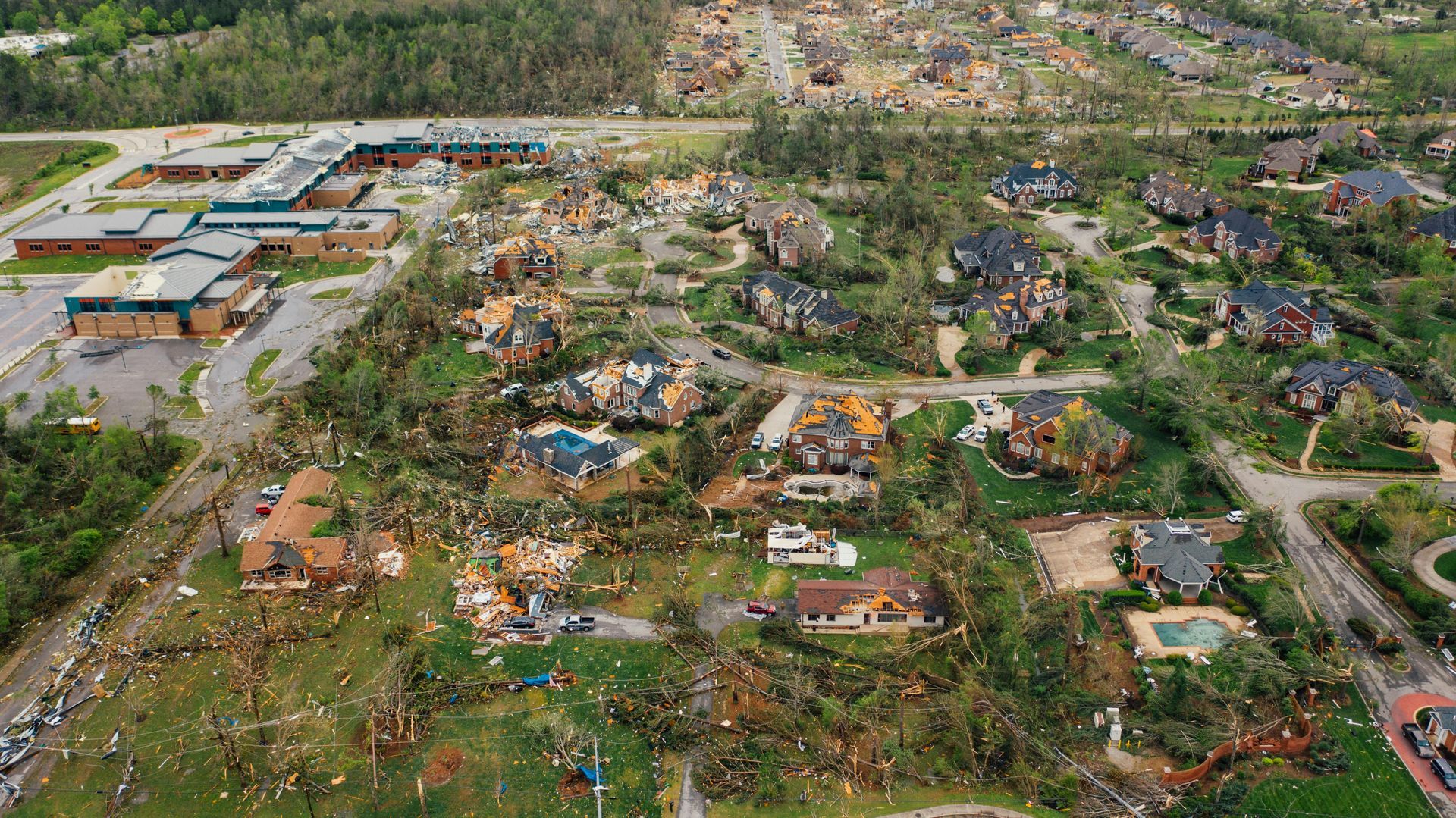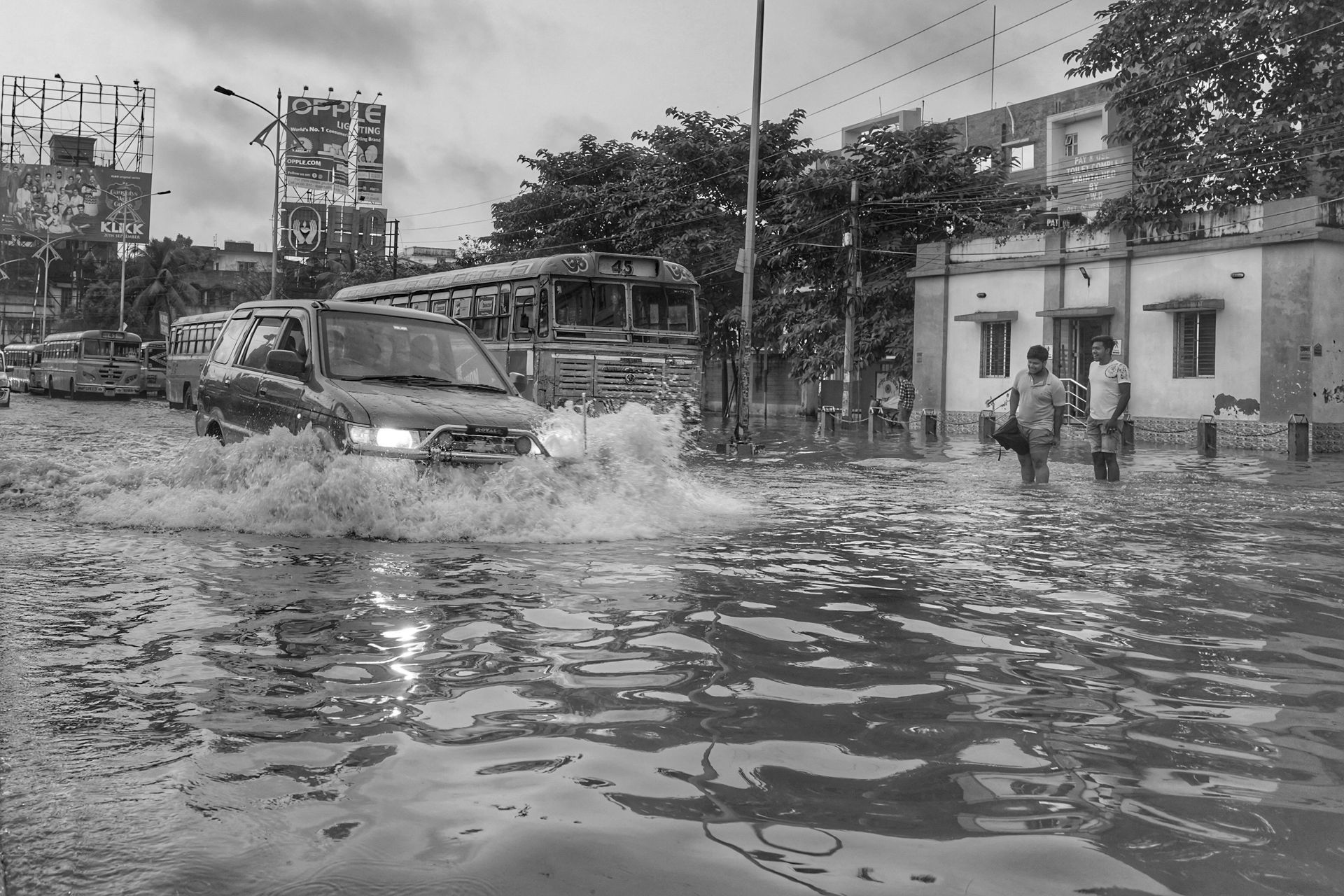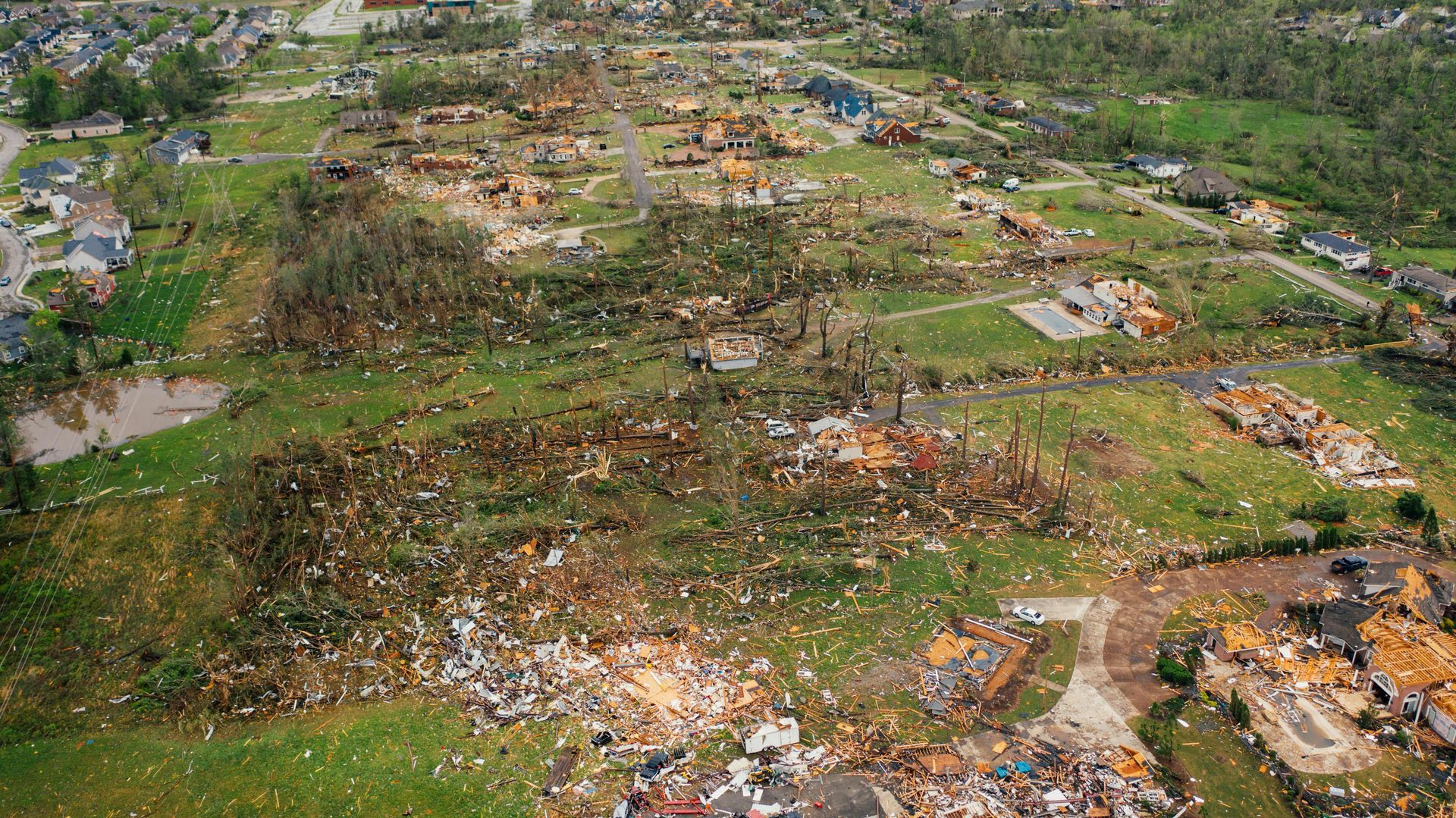Restoring More Than Property: The Emotional Side of Storm Recovery
When a storm strikes, it doesn’t just tear apart homes and buildings—it disrupts lives. Beyond the physical destruction lies an emotional toll that is just as significant, yet often overlooked. At Disaster South, we believe storm recovery is about more than rebuilding structures; it’s about restoring peace, hope, and a sense of normalcy. This blog dives deep into the emotional side of storm recovery and how addressing it is a critical part of the healing process.
The Emotional Impact of Storms
Natural disasters are inherently traumatic. They upend routines, challenge our sense of security, and leave communities grappling with uncertainty. While the visible damage—broken windows, flooded basements, and shattered roofs—is obvious, the invisible scars of fear, stress, and grief can linger for months or even years.
- Loss of Stability
For many, home represents safety and stability. Losing it—or even seeing it damaged—can feel like losing a part of oneself. Survivors often describe feelings of vulnerability and a sense that their world has been turned upside down. - Stress and Anxiety
The immediate aftermath of a storm brings a whirlwind of decisions: finding shelter, managing insurance claims, coordinating repairs, and often, facing financial strain. This overwhelming pressure can lead to heightened anxiety and stress. - Grief and Mourning
Storms can take away more than possessions; they can destroy cherished memories, family heirlooms, and, tragically, lives. Processing these losses involves grief, a complex and deeply personal journey.
Understanding the Psychological Phases of Recovery
Recovering emotionally from a storm often mirrors the physical restoration process, progressing through phases:
- Shock and Denial
In the immediate aftermath, it’s common to feel numb or disbelieving. Survivors may find themselves going through the motions, struggling to grasp the extent of the damage. - Anger and Frustration
As the reality sets in, frustration about the disruption and slow recovery process can emerge. Navigating insurance claims, coordinating with contractors, and dealing with delays can exacerbate these feelings. - Adaptation and Acceptance
Over time, with the right support, individuals and communities begin to rebuild and adapt. Acceptance doesn’t mean forgetting the loss but finding a way to move forward.
How Disaster South Supports Emotional Recovery
At Disaster South, we understand that property restoration is only one piece of the puzzle. Our approach focuses on holistic recovery, prioritizing emotional well-being alongside physical rebuilding.
- Empathy in Action
Every member of our team is trained to approach storm recovery with compassion. We listen, acknowledge the emotional weight of the situation, and offer reassurance that better days are ahead. - Clear Communication
One of the most significant stressors in disaster recovery is the unknown. We provide clear, transparent updates and a step-by-step plan, giving our clients a sense of control and certainty. - Community Connection
Disasters often isolate individuals, making them feel alone in their struggles. We work to foster a sense of community, connecting clients with local resources, support groups, and recovery networks. - Restoration Beyond the Physical
We go beyond fixing homes to restore what matters most—peace of mind. Whether that means salvaging sentimental items or creating a safe, comfortable space to start anew, our goal is to help families and businesses truly heal.
Tips for Navigating the Emotional Side of Storm Recovery
While professional support is invaluable, there are steps individuals can take to prioritize their emotional well-being during the recovery journey.
- Acknowledge Your Feelings
It’s okay to grieve the loss of your home or routine. Recognizing and naming your emotions can be the first step toward healing. - Seek Support
Talk to friends, family, or a counselor about your experiences. Sharing your story can ease feelings of isolation and help you process your emotions. - Focus on What You Can Control
In the chaos of recovery, focusing on small, actionable steps—like organizing paperwork or setting daily goals—can provide a sense of stability. - Take Care of Your Physical Health
Stress can take a physical toll. Prioritize rest, nutrition, and exercise to build resilience and maintain energy for the recovery process. - Practice Patience
Recovery takes time. Be kind to yourself and celebrate small victories along the way.
Building Emotional Resilience for the Future
While no one can predict the next storm, emotional resilience can make future challenges more manageable. Here’s how communities and individuals can prepare:
- Create a Support Network
Building strong relationships with neighbors, local organizations, and service providers can offer emotional and logistical support during disasters. - Develop a Preparedness Plan
Knowing what steps to take before, during, and after a storm can reduce uncertainty and anxiety. Include mental health resources in your plan. - Educate and Empower
Communities that understand the emotional impacts of disasters are better equipped to support one another. Host workshops, share resources, and foster open conversations about resilience.
Call to Action: Let Us Help You Reclaim What Matters Most
At Disaster South, we know that storms leave behind more than debris—they leave emotional scars that take time to heal. But you don’t have to face the journey alone. Whether you’re navigating the immediate aftermath or still feeling the effects years later, we’re here to help.
Contact us today to learn more about our comprehensive restoration services and how we prioritize your emotional well-being throughout the process. Together, we can restore your property, rebuild your life, and reclaim your peace of mind.
By focusing on both the visible and invisible impacts of storms, we can move from devastation to true restoration—one step at a time. At Disaster South, we’re committed to walking that path with you.
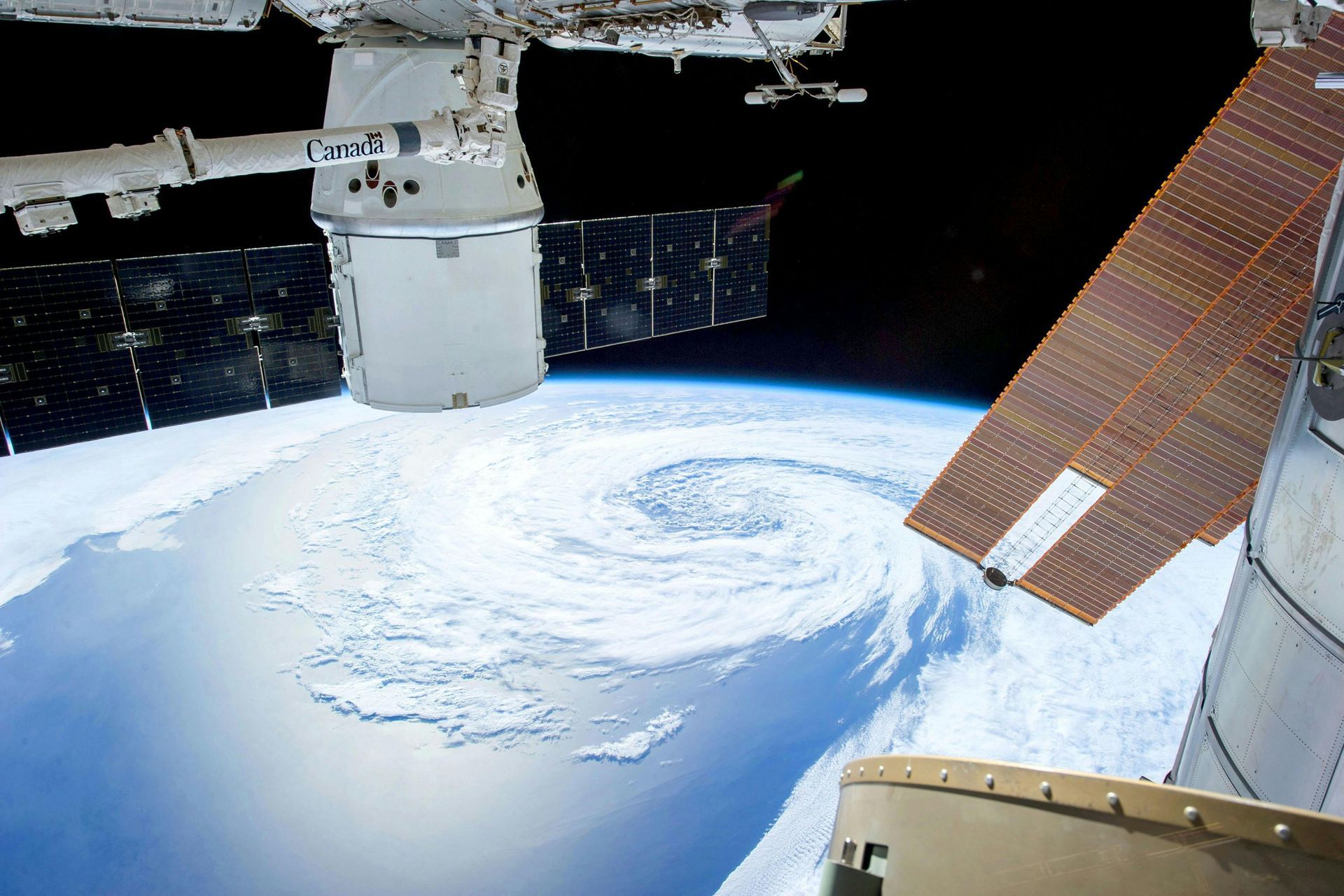
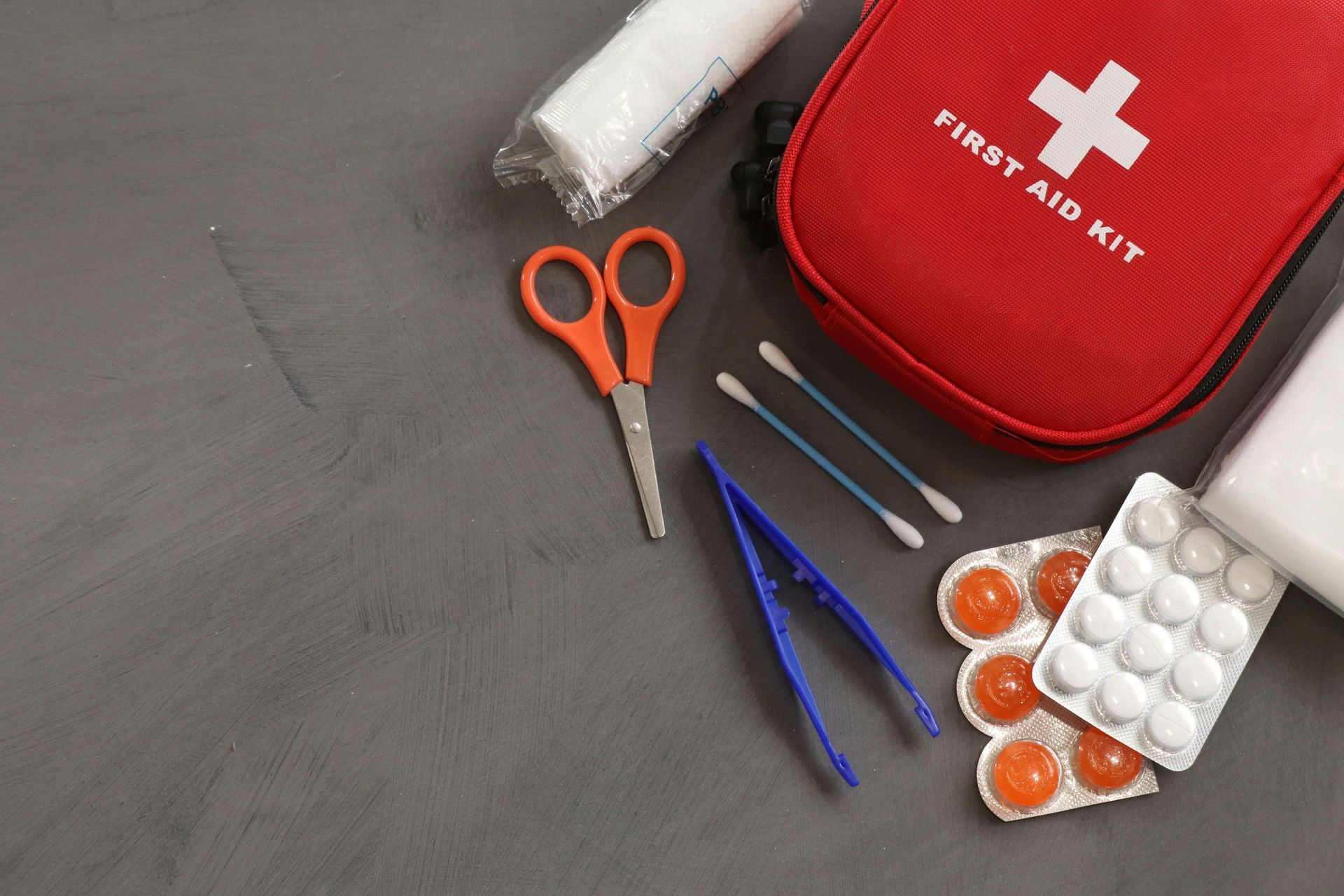
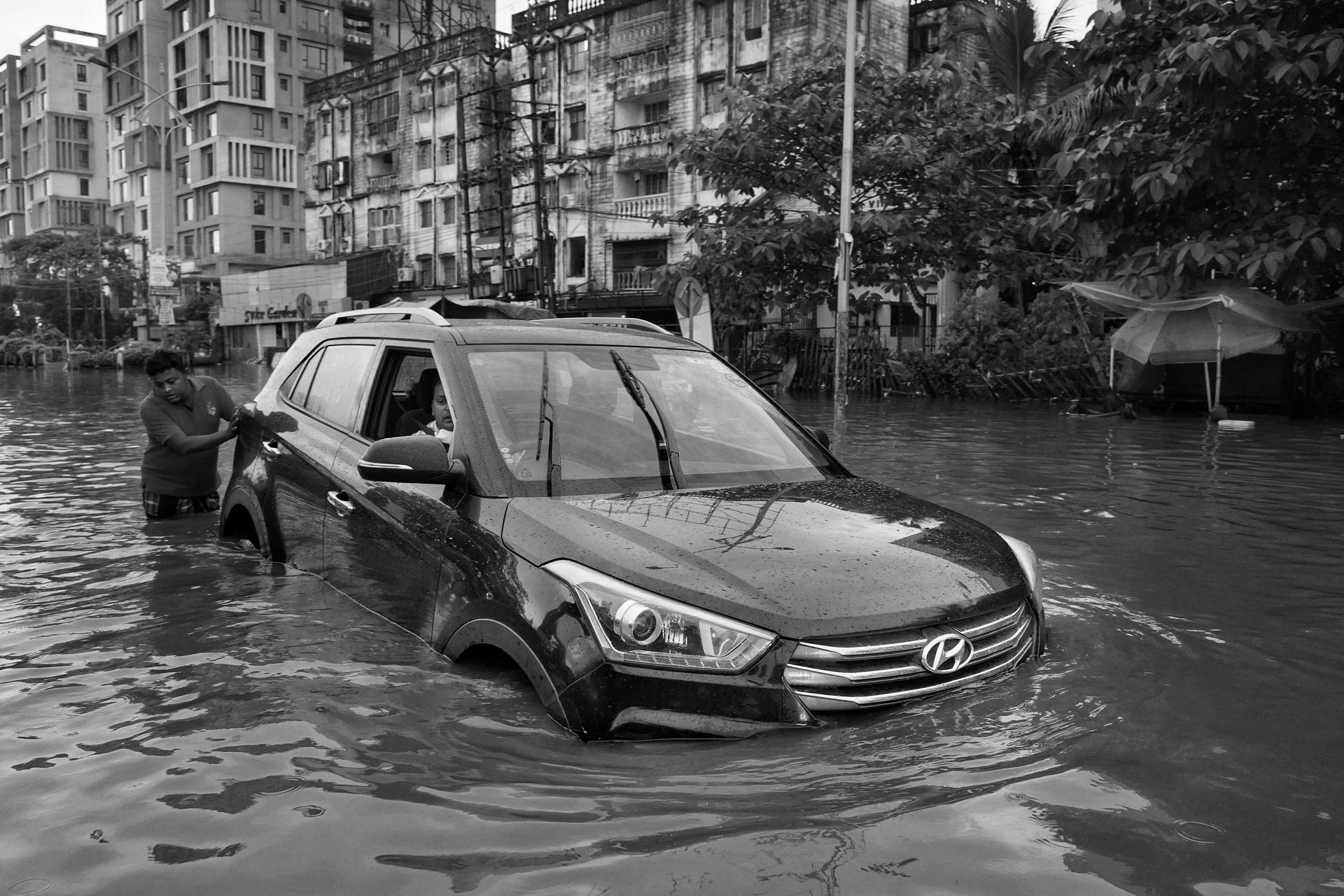
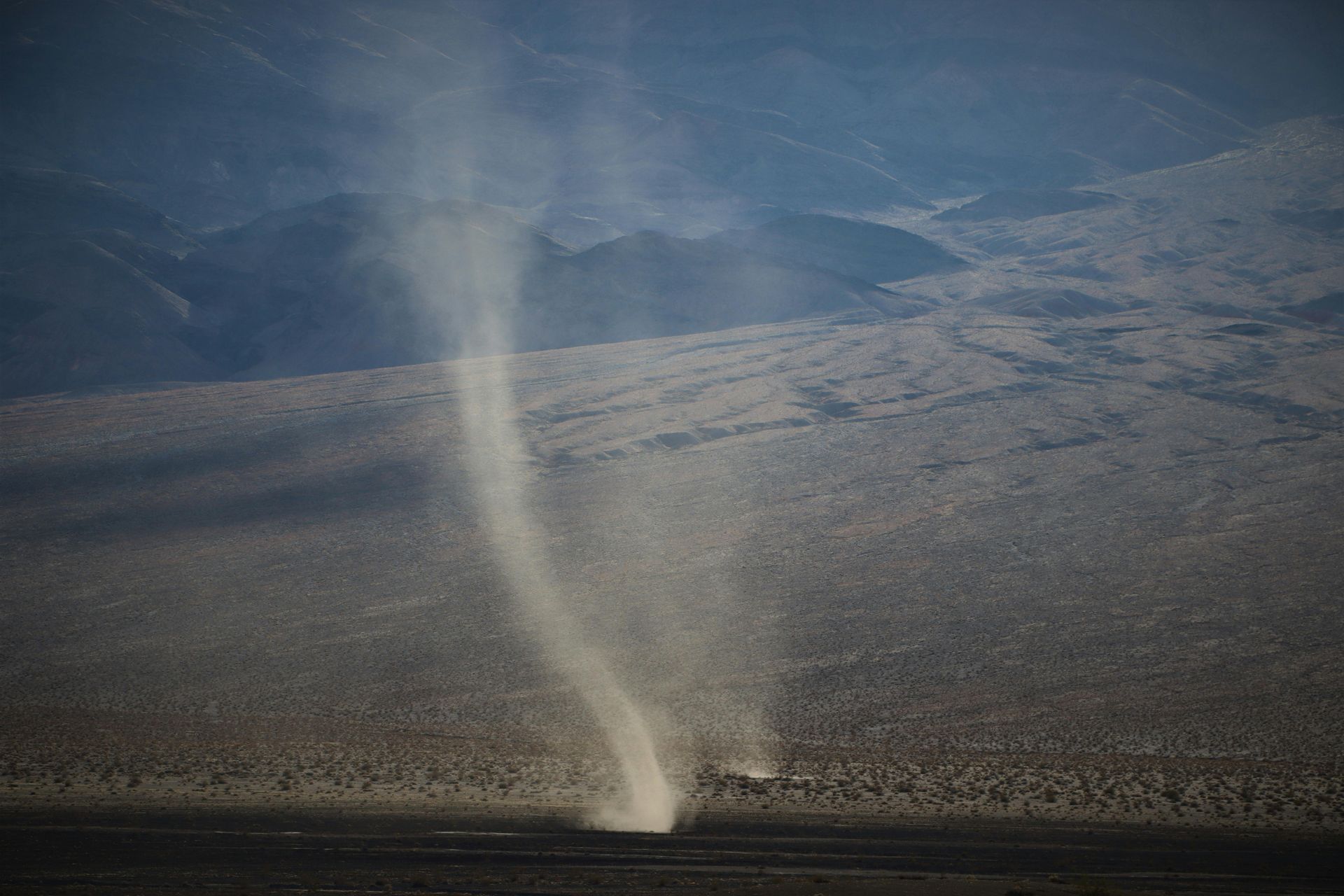
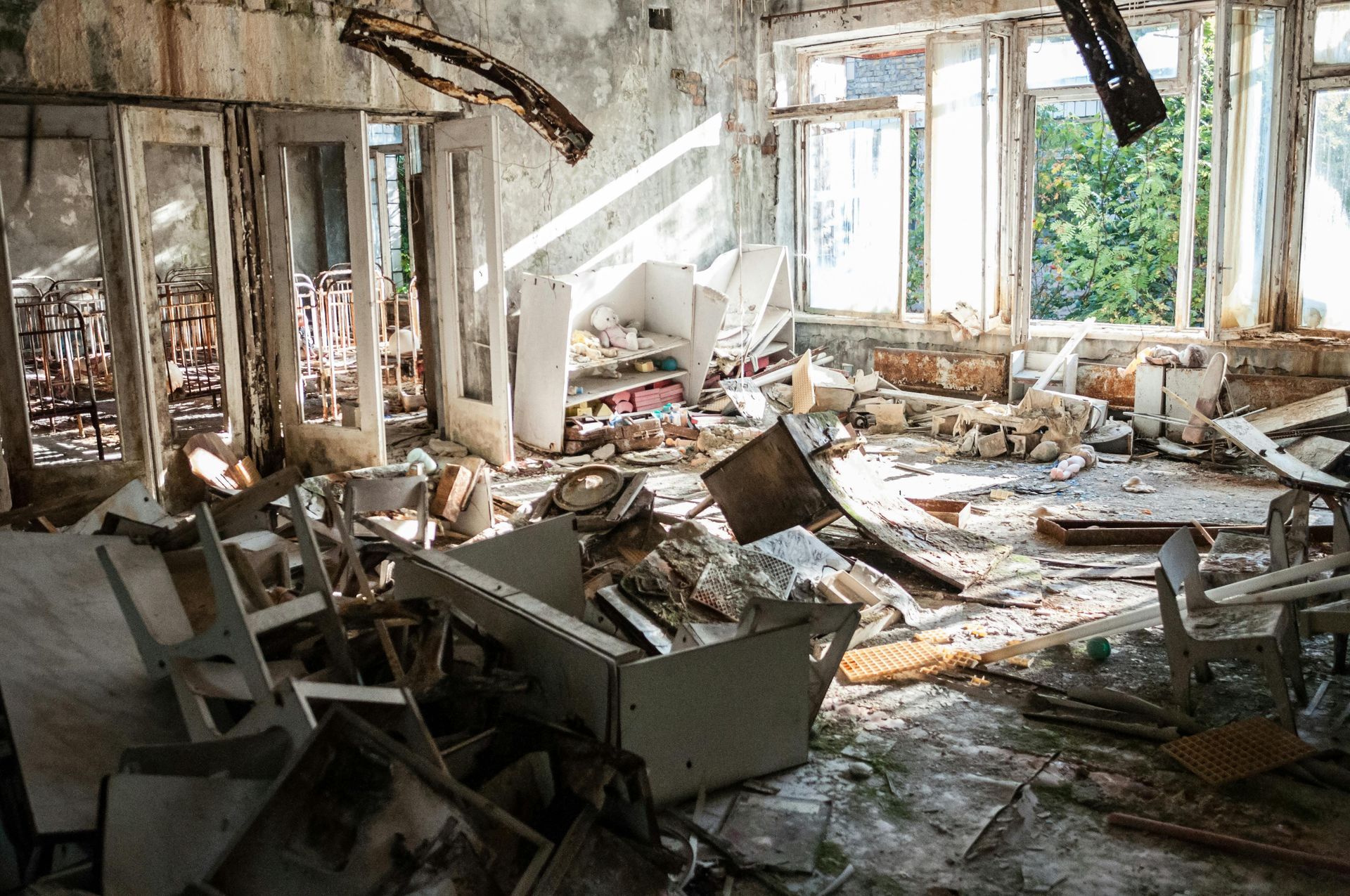
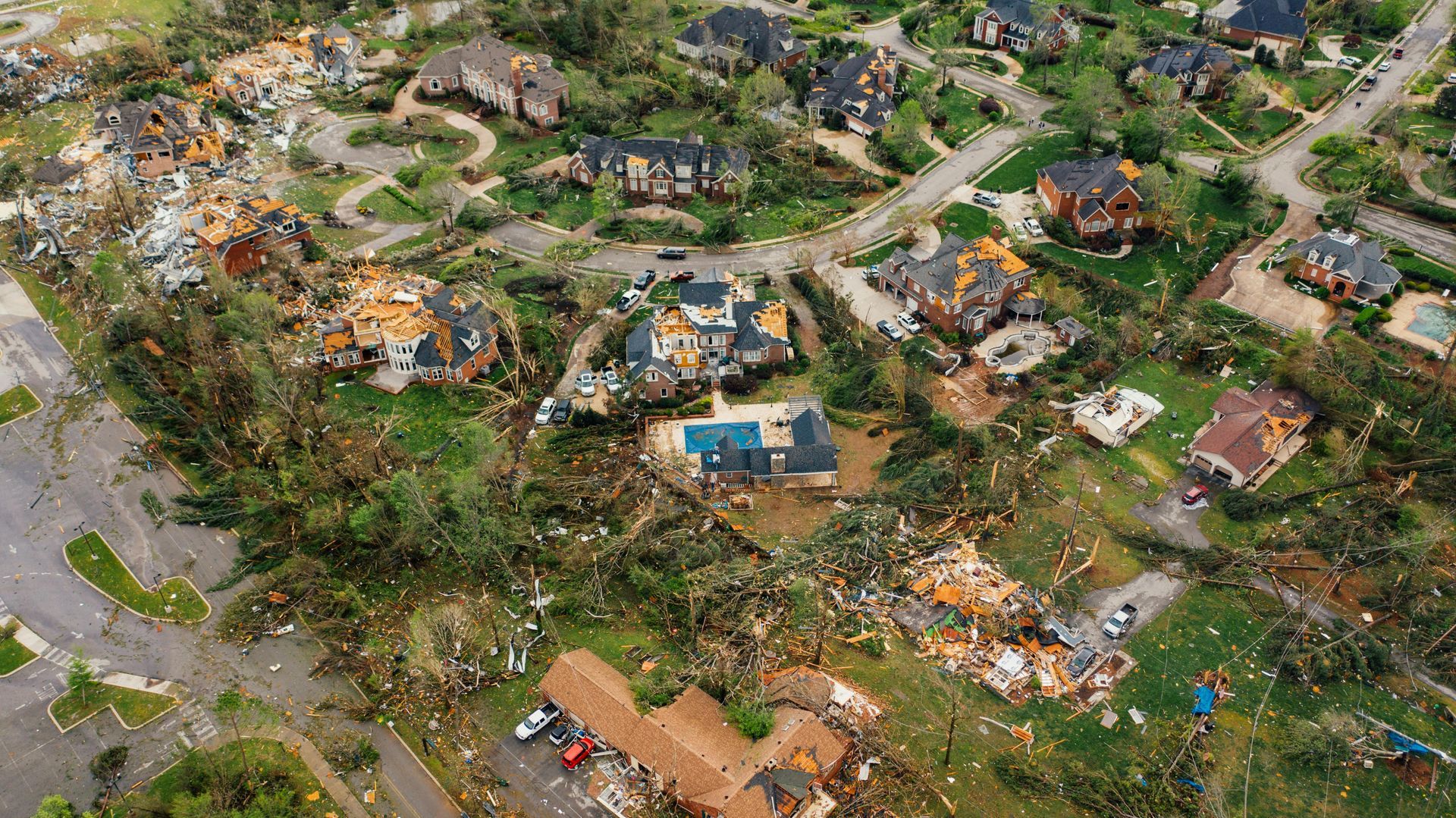
It’s Time to Restore Your Property, Reclaim Your Life, and Get Back to What Matters Most
All Rights Reserved | Disaster South
